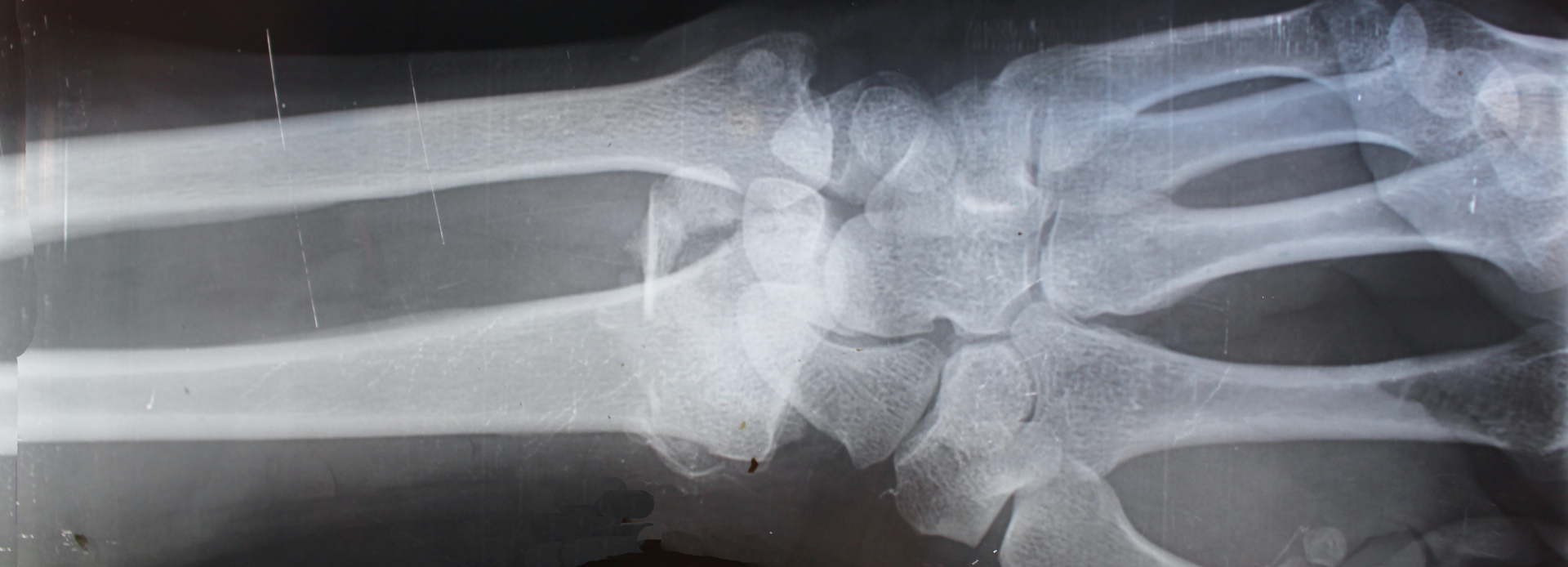Yunography, or non-visible Light imaging, is a technique using
Power of Light that directs electromagnetic waves through a person or object in order to capture an image of its interior. While it has other applications, it is most commonly used in healthcare.
History
The Non-Visible Spectrum
Electromagnetic waves not on the visible spectrum were a mystery for most of recorded history.
Illuminates would shift light past the red or violet on the spectrum and no longer be able to see what they were working with despite feeling like something was happening. Through the years, it was discovered that too much exposure to these invisible wavelengths caused negative health effects and so very few practiced this in every day life.
Development
Taking inspiration from developments in Light photography, Professor Darya Yunan, a research professor at
Hamasa Anlel College of Medicine sought to use the basic understandings of electromagnetic behavior to capture other kinds of images. It was already understood that non-visible light had the ability to pass through the human body, so she tested absorption rates on other types of materials. Her research required working in tandem with
aggregants to develop a special film for the capture of electromagnetic waves. In 1183, Yunan's research culminated in the first internal image of the human body with a picture of the bones inside of her own foot. These kind of images would come to be known as yunographs.
How it Works
While yunography itself is complicated to master, the way it operates is very simple to understand. Depending on the area of the body being targeted, the patient is arranged in front of the device holding the film. This film is a very thin sheet of metal that an has had its energy specially manipulated by an aggregant. An specially trained illuminate, called a yunographer, then converts visible light to non-visible light and directs it through the patient toward the film. Denser tissues will absorb more invisible light than less dense tissues, resulting in less light reaching the film. Exposure to the non-visible light causes the energy manipulation to create an image on the surface of the film that is visible to humans.
Spread of Use
Due to the complicated nature of the techniques involved, the spread of its use was somewhat slow. It took twenty years for the technique to be performed in every province, and even then it was only in large cities with extensive medical resources. As training programs were developed, smaller town medical centers have been able to begin using the technique and there are now groups of traveling yunographers who practice in rural areas on request where there are limited medical resources.
Modern Day
Safety Concerns
There is further research being done regarding wavelength variation and the impact of radiation on the human body. Specially developed protection devices are used to prevent unnecessary exposure to both the illuminate and the patient.
Training
An illuminate must undergo extensive training before being able to legally practice yunography. This includes multiple classes on human anatomy, training on how to properly target specific areas of the body, and a minimum required number of hours of practice in targeting specific wavelengths before even being allowed to practice on humans. An illuminate must be certified to be legally able to possess yunography film and to be protected from legal action in the event of injury. This training does not give an illuminate the authority to diagnose or treat based on the images created, but an illuminate may go through further medical training to be certified to do both.
Film Manufacturing
Yunographic film manufacturing is considered a specialized form of
fabricant Geonature. Certain types of metals are pressed into very thin sheets. An aggregant then manipulates the energy within the sheet to react to non-visible light exposure by pushing certain metals toward the surface where there is non-visible light presence. These metals on the surface are then visible to the human eye and form the yunograph. Once used and the image no longer needed, film can be recycled and used to make new film sheets once the energy is remanipulated. Large medical centers often have their own aggregants on staff trained in this process.
Further Research
Other applications are currently being researched, including the use of different wavelengths of light to be able to create different kinds of images. There is also the question of whether there is a way to capture a moving image to see the inside of the body in motion.









This is a super interesting way to recreate X ray with magic! I really love the science fantasy aspect, and you've explained how this work really well :D Great article!